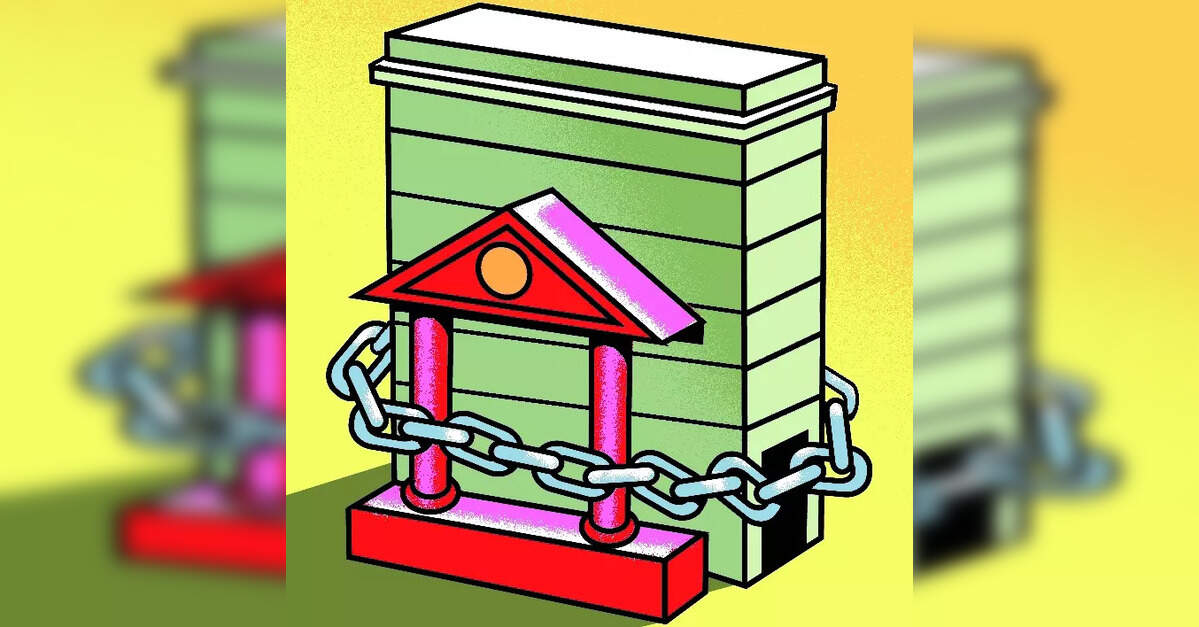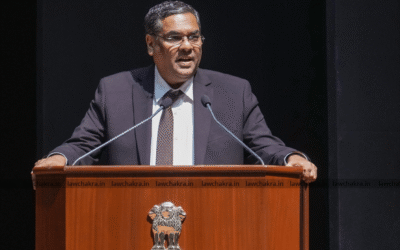Addressing Lenders’ Challenges Amidst Economic Growth, ETLegalWorld

With changing times, development of economy with scale and complexities of transaction as we mature, requires fresh deliberation and review of present regime so that system and processes remain efficient and expeditious. As we aspire to become third largest economy, transaction will increase several folds, it will bring new set of complexities which legislators may not have even envisaged and then we will burden our Judiciary for the disputes which are bound to arise.
We all know about specialised enactment (i.e DRT Act) for Bank and Financial institution (‘hereinafter referred to as Lenders’) which came into force in 1993, with an aim to provide a specialized and efficient mechanism for Lenders to recover debts, thereby contributing to the stability and health of the financial system. Tribunals and Appellate Tribunals were set up in states, it was a welcome legislation as it provided for issue of Recovery Certificate (‘RC’) within six months’ time period. Gradually numbers of Original Applications increased and so as the connected Miscellaneous Applications, Intervention Applications and Appeals, Lenders had to wait for years for RC and execution of it, if possible.
2002 saw enactment of an unique legislation (i.e SARFAESI) which gave teeth to the Lenders, though it was challenged to the greatest extent but survived, as that was need of the hour. However, considering multiplicity of the so called SAs in DRTs, it started losing its sheen. Still, we shouldn’t undermine the results it gave to the Lenders in expeditious recovery, it was definitely a game changer and remained relevant for exclusive security specifically for tangible immovable properties.
Subsequently, we all witnessed enactment of Insolvency & Bankruptcy Code in 2016 (IBC), It yielded unprecedented results and brought huge amount of recovery to banks, assets reconstruction companies and other lenders. Instead of liquidation, entity survived as going concern basis and became profitable as well. Big message to wilful defaulters and promoters who could exploit any gap in present regime. With times and with growth of economy, new cases are getting up piled up, we have limitation of tribunals and with multiple appeals at various forum, actual disposal is getting delayed by several years. It impacts the Lenders as well as the corporate debtor, which could have revived from stress situation and poor performance, however with these delay we allow the company to go for liquidation, it is against the very object enshrined in the legislation. Shouldn’t we all think through and endeavour to correct it?
Based on data released by the Ministry of Corporate Affairs (MCA), few snapshots of numbers of cases pending before NCTL under the Insolvency and Bankruptcy Code, 2016 are as under;
| Reference Year | Pending IBC cases before NCLT | Source |
| 2022 | 13,170 | MCA / Standing Committee Report on IBC (2023) |
| 2023 | 12,963 | MCA Written Reply, Lok Sabha (2023) |
| 2024 | 12,059 | MCA Written Reply, Rajya Sabha (2024) |
It is further to highlight that the main reasons for delay in the insolvency resolution process are delays in admission of cases in NCLT and delays in approval of resolution plans by the NCLT. The Committee also note that 13,170 IBC cases pending with the NCLT involve an approximate amount of Rs.9,00,000 crore and that 71% of these cases have been pending for more than 180 days. The Committee is concerned that resolution period delays result in rapid value erosion, thereby reducing the realization value. There are several procedural reasons that lead to these delays – 67TH STANDING COMMITTEE ON FINANCE (2023-24)As of September 30, 2024, a total of 20,201 cases were pending before NCLT, including 12,059 cases under IBC and 8,142 cases under Companies Act, 2013 – MCA reply on December 17, 2024 before Rajya sabha on ‘IBC Cases in NCLT Courts’
Since the introduction of the IBC in 2016, an overall 8,308 corporate debtors have been admitted, of which 61% the CIRPs have been resolved (either through a successful resolution plan or withdrawal or liquidation) by end of March 2025. Nevertheless, the limited recovery through the successful resolution plan has seen an estimated rate of 33% for these cases – Press Release by ICRA, ‘Sharp increase in recoveries and lower liquidations in Q4 FY2025, albeit with a longer resolution time’ dated May 27, 2025. If we review, and average time for disposal at NCLT level is 550- 650 days.
It is no denying that IBC has yielded results and brought recoveries for Lenders and has helped in revival of entity in larger interest of economy and other stakeholders involved. However, litigation doesn’t end at NCLT final order, we have been witnessing months of pendencies of matters where NCLT has passed final verdict and approved the resolution plan, however appeal at NCLT/Supreme court continues. It puts the entire process in abeyance but also defeats the whole objective of the very legislation.
Areas of concern and time to revisit
I feel it is pertinent to highlight few areas of concern, which should be deliberated by legislators and stakeholders in larger interest of country, as we need faster recoveries for Lenders, revival of company, payment of dues to workmen and other involved. These finally lead to churn and contribute to growth of nations’ economy leading to our aspiration of becoming third largest economy in the world.
- Shouldn’t we consider restricting grounds of appeal once COC has approved with clear majority and NCLT has approved the resolution plan – we have been witnessing that despite approval of resolution plan by NCLT, which itself takes time as per data above, appeal is filed by aggrieved party at NCLAT and sometimes at Apex Court. It defeats the very purpose of revival of corporate debtor, recovery of money gets stuck for all stakeholders and has a cascading effect for country’s economy. With limitation of benches and hundreds of cases pending, listing of cases itself doesn’t take place for month, argument and cross reply has its own course.
- Point to mull over is – has time come to separate the legislation for revival/ restructuring and for liquidation, so that object is aligned and pendencies do not defeat the object of any legislation?
- Shouldn’t we consider segregating the Tribunals for IBC cases and Companies Act cases – we appreciate both cases are important but it can simplify the process for company in stress, there can be experts in the benches, it would help expeditious resolution of cases and recovery of dues and ultimately revival of company wherever possible
- Misue of Moratorium provision – experience suggest that substantial numbers of NCLT applications are filed by various connected parties with a view to get moratorium started and bring to halt the entire company and genuine big stakeholders. In majority of cases, sec 14 is misused by party for their benefits, it requires relook at the provision and eligibility who can file application under IBC;
- There have been cases where bids are not received for months or received which are lower than the reserve prices, in such cases RP continue giving advertisements for bids. It continues for several months. It is important for COC and RP that they fix timeline beyond which no further invitation will be made and cases can be referred for liquidation. It can be good option for genuine case which has value but not for all cases. It incurs costs and delay disposal with no actual recovery.
- We may consider revisiting the rules for invitation of bids and fix timeline and grounds for re invitation if justified and not for all cases
Way forward..
Considering recent experiences in high stakes matters including those which has garnered media attentions, we all from Lenders’ fraternity will agree that there is delay in actual recovery of money to stakeholders and revival of company due to multifarious reasons, hence few points are worth deliberating in larger interest of all stakeholders and country as a whole:
- we should revisit the procedural sections/rules and put timelines for such actions without any option of appeal, if timeline is not met,
- We can deliberate and considering bringing legislative changes similar to SARFAESI, where basis the specific rules, COC can be constituted for dealing matters relating to revival and resolution, so long rules as codified by legislators are strictly followed. It can be for cases with certain threshold, anyone aggrieved can file application on limited ground before NCLT and further appeal if any at NCLAT but not beyond,
- We can suggest to concerned Ministry for settling up specialised Tribunals of experts for disposal of cases within timeline as prescribed in legislation.
(The veiws expressed herein are personal and do not reflect those of ET Legal World)

